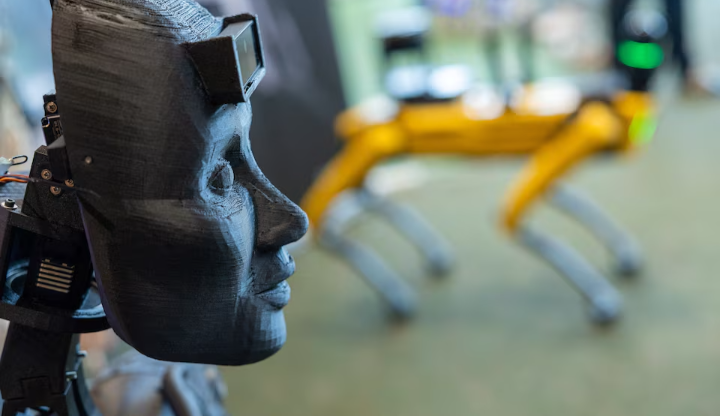In a world obsessed with flashy humanoid robots that can dance, flip, or talk like sci-fi characters, it’s the less glamorous machines—designed to perform a single task with precision and efficiency—that are stealing the spotlight and attracting billions in investor funding.
These robots don’t need to look human or perform acrobatics to be valuable. Built like industrial tool chests or sleek carts, task-focused robots are increasingly being deployed in industries like manufacturing, healthcare, waste management, and defense. Their mission? To do the repetitive work humans often avoid—tugging heavy parts, delivering supplies, or conducting equipment inspections.
As global industries turn to automation to cut costs and boost efficiency, the demand for these practical robots is rising fast. According to PitchBook data, $2.26 billion was invested into robotics startups globally in Q1 2025—and more than 70% of that went into companies creating task-oriented machines, not humanoids.
“Function over flash” seems to be the new mantra among investors and industry leaders.
Take Ati Motors for example—a Bengaluru-based company that builds robots capable of hauling over 1,000 kilograms. With deployments across more than 50 factories including major names like Hyundai, Bosch, and Forvia, their Sherpa Tug robot has logged over 500,000 kilometers on industrial floors. The key? It runs powerful AI models directly on the robot using Nvidia’s Orin NX chip, eliminating the need for constant cloud connectivity.
Similarly, in the healthcare sector, Diligent Robotics’ “Moxi” robot is gaining traction. It doesn’t interact with patients but handles time-consuming delivery tasks—like moving lab samples or medication—allowing hospital staff to focus on critical care. “By solving a very specific problem in a high-need area, we’ve built a sustainable business,” said CEO Andrea Thomaz. Moxi has already reached profitability.
Compare that to general-purpose humanoids—which still struggle with the basics. From navigating unpredictable environments to mimicking human reasoning, these machines face technical hurdles due to limited real-world training data. Unlike generative AI trained on internet-scale datasets, humanoid robots must learn by interacting with physical surroundings, a slower and costlier process.
That’s why many remain confined to controlled environments, such as car factories. Startups like Figure AI are ambitious—planning to ship 100,000 humanoids in four years—but challenges remain, from sky-high component costs (often $50,000–$200,000 per unit) to limited use cases.

Marc Theermann, Chief Strategy Officer at Boston Dynamics, bluntly states: “True general-purpose robots haven’t been invented yet.” While their Atlas robot is known for its viral stunts, Boston Dynamics’ real success is in Spot—a four-legged robot specialized in hazardous inspections.
Venture firms are also hedging their bets. Era Ventures backs ViaBot, which manages autonomous trash collection in parking lots. Parkway Venture Capital invests in both specialized robots (like Siera AI’s automated forklifts) and long-term humanoid development (such as Figure AI).
As Era Ventures’ Raja Ghawi puts it, “Robots built for a single task are proving to be incredibly useful and cost-effective. That’s where the money is—for now.”



